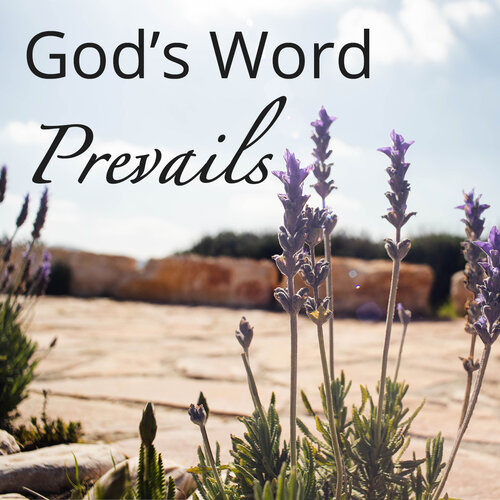You have probably heard the term “West Bank,” or if you are familiar with Israel, you may have even heard “Judea and Samaria” or “biblical heartland.”
In the following brief space, I’d like to bring some color to the places that are inside this controversial piece of real estate. The recently released “Deal of the Century” has put together a plan to give part of the land in Judea and Samaria to the Arabs to create a Palestinian State, with all of the Jewish settlements slated to remain in Israel’s hands and become sovereign under Israel’s government. Fifteen of the settlements, however, would be considered enclaves, or isolated islands in the midst of a Palestinian state. Four of these enclave settlements are what I’d like to discuss in this article.
First however, a few recent statistics on Israel’s population.
In 1948 when Israel became a state, there were some 800,000 people in the country. At the end of 2019, Israel’s population numbered 9,136,000. That’s a growth of eight and a half million people in just 72 years, all while fighting multiple wars of self defense throughout their modern, short history.
After the war of 1967 when East Jerusalem, Judea and Samaria were liberated, courageous pioneers began to venture into these areas to begin settlement. Even though successful, the settlement enterprise was not considered to be a significant part of Israel’s growth. In 2009, however, the first ever statistics were published regarding the Jewish population in the biblical heartland, and the results were shocking. At the end of 2019, the current numbers are even more shocking.
As of January 1st, 2020, the Jewish population of Judea and Samaria totaled 463,353 Israelis. This does not include the neighborhoods of East Jerusalem, which number some 325,000 Jews. In the last five years, Judea and Samaria has experienced a 19% growth rate, and in the last year, more than 3% growth.
Now we will turn to the four Jewish settlements that are part of the Northern Samaria bloc and which are slated to become enclaves under the Deal of the Century’s peace plan.
We will start with Har Bracha, or the Mt. of Blessing in English, or if you want to look it up in the Bible, Mt. Gerizim. This modern-day community that traces its history all the way back to the Bible was founded in 1983, and today it numbers 2,741 people. It is reported that 100 babies are born every year in the town, and apartment buildings are constantly being constructed, with a waiting list for new families to move in.
We’ll now cross the valley south and head to Yitzhar, a small Jewish community that sits atop a narrow ridgeline with a beautiful view of the Mediterranean coastline. Yitzhar was founded in 1984, and today numbers 1,765 people.
We will now travel east, cross Highway 60 (the ancient road of the patriarchs), and come to Itamar, the largest land mass community in all of Judea and Samaria. Famous for their agriculture, and boasting the largest organic farm in the Middle East, Itamar is a beautiful place to take a drive through. Founded in 1984, Itamar today numbers 1,256 people.
To reach our last community that we are highlighting, we will travel north to Elon Moreh. Another significant biblical location, Elon Moreh is joined by another, round hilltop called Mt. Kabir, the very place where Abraham stood in Genesis 12, when God spoke to him promising the land of Israel to his descendents forever. Elon Moreh was founded in 1980 and today is home to 1,870 people.
Each of these communities are only a 10-15 minute drive from one another, and merely an hour’s drive from Tel Aviv and the Mediterranean Sea. Under the United States peace plan, however, each community would be cut off from one another, and would only have one access road to the rest of Israel, some to the Mediterranean coast, and the others to the Jordan Valley. It is hard to imagine losing the connection between communities, and the connection to the local biblical and historical sites, roads and places that are scattered all throughout these areas.
One thing I do know for sure. God made a promise to Abraham thousands of years ago that is still valid today. After being exiled for 2,000 years, God brought Israel back to their same land by miraculous signs and wonders. After fighting a desperate war of self defense in 1967, Israel regained the biblical heartland, where more than 80% of the Bible was written or occurred. Since then, these areas have experienced massive growth, settlement, infrastructure and development. We did not even touch on the agriculture in these areas or the industry that provides thousands of Jews and Palestinians with employment opportunities.
We could go on, but the point is that God’s people are not going anywhere. Besides everything we discussed above, Scripture is clear. As long as the sun and moon endure, God’s covenant that He made with His people is still valid (Jeremiah 33:19). Forever. Period.
Let’s align ourselves with God’s promises.

